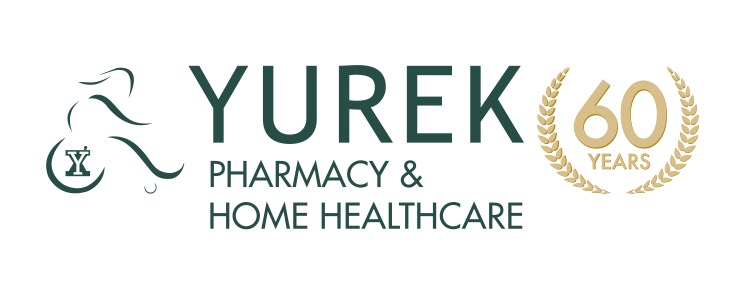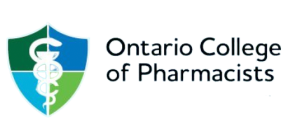Our bodies are designed to keep within 36.3 and 37.6° C. When we get too warm, we move blood to the surface of the body. We also produce sweat which cools the skin. This process of evaporation maintains our core temperature.
In prolonged heat exposure, we sweat so much that we deplete ourselves of fluids and salts, leaving nothing to sustain the evaporation process. When this process ceases, our body temperature can soar and lead to illnesses such as heat exhaustion and heatstroke.
Heat exhaustion occurs commonly during extreme exertion in the heat, causing excess heat production by the muscles. Working or exercising when the temperature is high without allowing the body to cool puts us at risk. Other risk factors include:
- high humidity levels
- age, (the very young or very old)
- an existing chronic disease
- certain medications
Symptoms of heat exhaustion include nausea, headache, rapid pulse, pale clammy skin, leg, and arm cramping as well as dizziness or confusion.
If untreated, heat exhaustion can lead to heatstroke. Heatstroke is a life-threatening condition for which emergency services should be initiated immediately. The symptoms of heatstroke include red, hot, dry skin (without sweating), dizziness, confusion, unconsciousness, low blood pressure, fast heartbeat, headache, and very high body temperatures (oral temperature can reach over 41°C).
First aid treatment for heatstroke includes removing the patient from the hot environment, dampening the body, and using a cooling fan. As the body temperature decreases, heatstroke victims may have seizures.
Heat-related illnesses can be prevented by drinking sufficient fluids, and by wearing lightweight, loose-fitting, or mesh clothing. Exertion should be avoided in hot environments. If it cannot be avoided, strenuous activity should be paced with frequent rests or postponed until the cooler part of the day.
Stay cool. Stay hydrated. Take care of yourselves and each other.
By: Steve Bond BScPhm, RPh, CDE, FASCP








